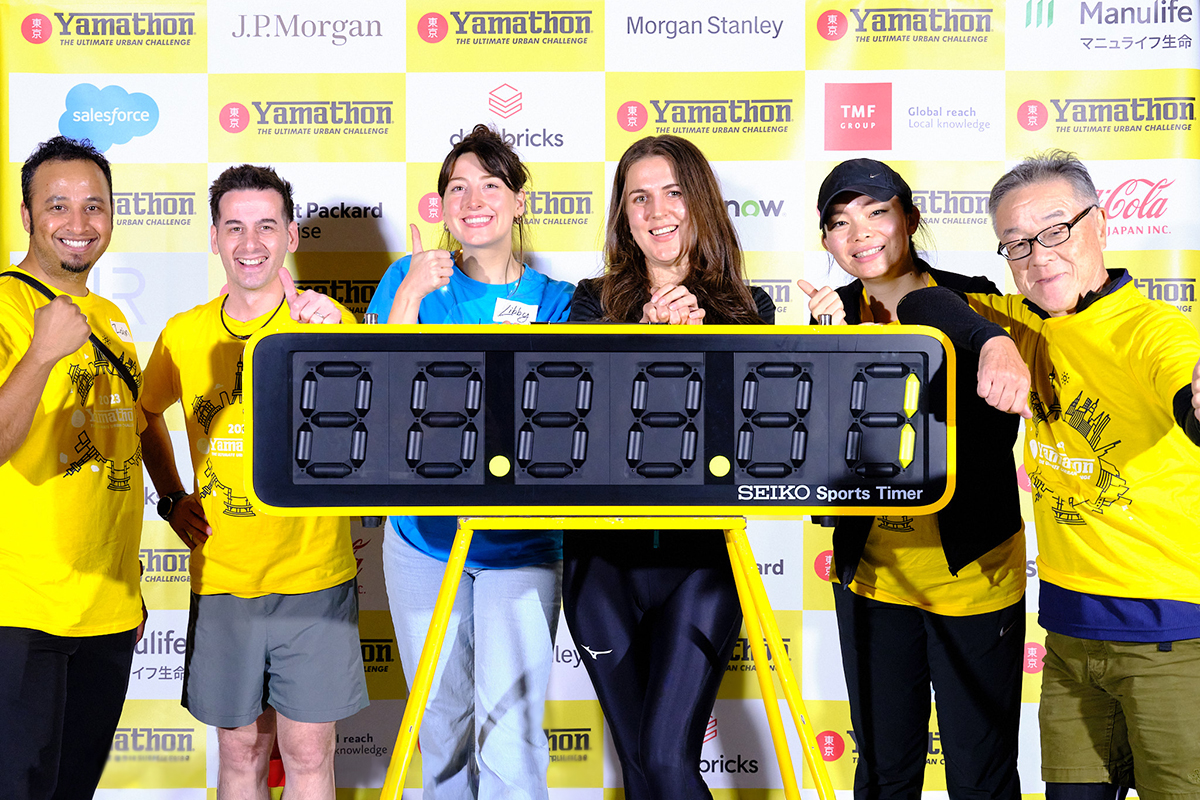Joe Pournovin and the Yamathon Story
Joe Pournovin, the Manchester, UK-born founder of Tokyo’s Yamathon charity walk, didn’t intend to create one of Tokyo’s largest volunteer-driven events. Fresh out of university, he simply wanted something different. Pournovin said, “Life felt like it was on repeat—Friday night pub, Saturday night club, Sunday five-a-side football. I thought, there has to be more to life than this.” The Japan Exchange and Teaching Programme (JET) brought Pournovin to Japan and set him on a path that would eventually reshape his life and the community around him.

Manchester vs Tokyo
Manchester, Pournovin explains, is often described as the England’s second or third city. “As Ian Brown from the Stone Roses said, ‘it’s got everything except a beach.’” What he treasures most, though, is the openness. “Back home, people just talk to you—at the till, on the train, anywhere. Someone will ask what you’re up to on Friday night, and suddenly you’re in a proper conversation.”
Tokyo was different. “You don’t get as much of that casual chatter,” he says. However, the move also broadened his circle. “Being a foreigner here actually makes it easier to meet people from all over the world, and that’s been refreshing. Through the Yamathon and International Volunteer Group (IVG) Japan I’ve had the chance to meet inspiring people and connect them to brilliant NPOs doing vital work.”
First Hurdles
Even with the excitement of moving to Japan, the early days weren’t easy. “The language, without a doubt,” Pournovin says, was the steepest challenge. But he also found support. “I was in Numazu, Shizuoka—an amazing place to live—and there were other ALTs (Assistant Language Teachers) around me, so I had a strong support system. I also had a great senpai, Ben Cordier, who’s still in Tokyo today. He and the friends I made in those years became like brothers and sisters.”
Looking back, Pournovin sees those relationships as formative. “That sense of community is the same spirit I’ve seen in Yamathon volunteers and our partner NPOs—we’re stronger when we support each other.”
A Spark in Japan
“Those first four years in Japan were some of the best of my life,” Pournovin recalls. “Everything was new—I was meeting people, exploring, learning—and it made me feel properly alive.”
That early immersion gave him confidence to seek out new challenges. The most formative came during the Oxfam Trailwalker, a 100-kilometer endurance event completed in 48 hours. “It was brutal, but also one of the most rewarding experiences of my life. I’ll never forget reaching 93 kilometers at 2am and seeing a group of grandmothers out cheering us on. That moment showed me the power of volunteers.”
The experience pushed him to spend weekends traveling from Shizuoka to Tokyo just to volunteer. “Suddenly I wasn’t just with other teachers but with people in tech, finance, sales—all of us trying to use our skills to do good. It became addictive.”
With Oxfam behind him, Pournovin also helped run ambitious projects such as Sea to Summit, a 24-hour climb of Mount Fuji from sea level, which proved difficult to manage. “We needed something in Tokyo that gave people the same sense of challenge, camaraderie and achievement,” Pournovin explains. “And then we realized it was staring us in the face: the Yamanote Line.”
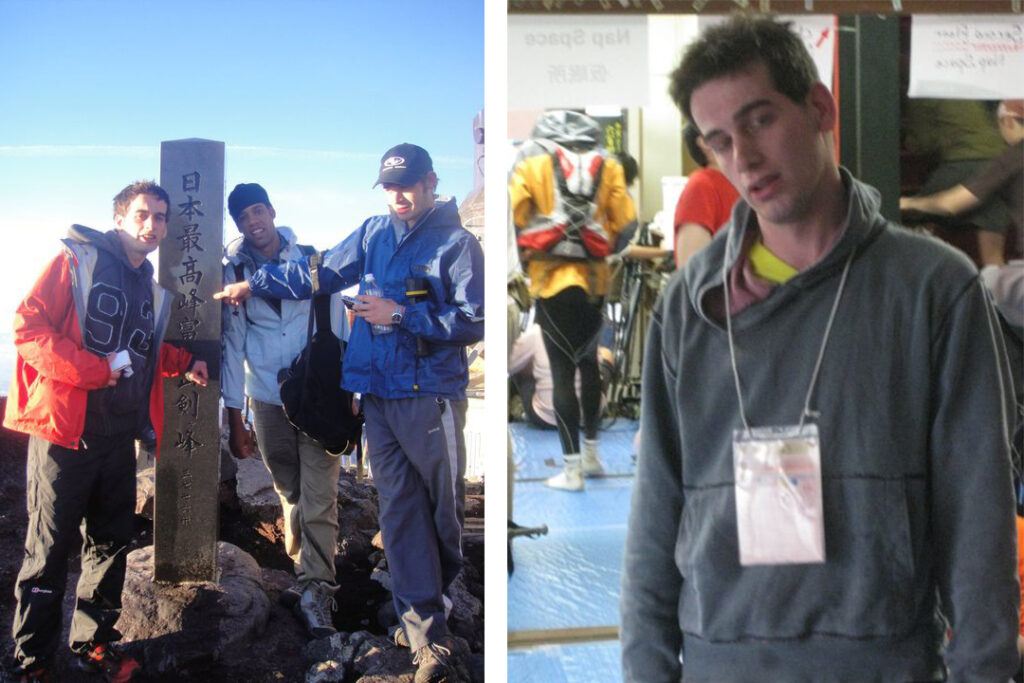
Built on Purity of Purpose
The first Yamathon, in November 2010, was as grassroots as it gets. “About 100 people turned up at Yoyogi Park at 6:30am, and the finish line was the Footnik Pub in Ebisu,” he recalls. “People were exhausted, but buzzing. It was clear we had something special.”
From there, the team committed to making the event sustainable. “We knew we had to make it more structured, build a website, get sponsors and make sure we could properly support the NPO partners we wanted the event to highlight.”
According to Pournovin, the Yamathon “built its own support” almost from the beginning. “What really drew people in was the purity of what we were trying to do. From day one, 100 percent of registration fees have gone straight to our NPO partners. And our team are volunteers giving their time before work, after work, during lunch breaks, late at night. No one’s doing this for themselves—it’s all for the cause.”
That authenticity helped the Yamathon gain legitimacy with companies. “At first, it was tough to approach companies as just a volunteer group,” he admits. “But once people saw the impact—both the funds raised and the awareness for our NPOs—sponsors started supporting us.”
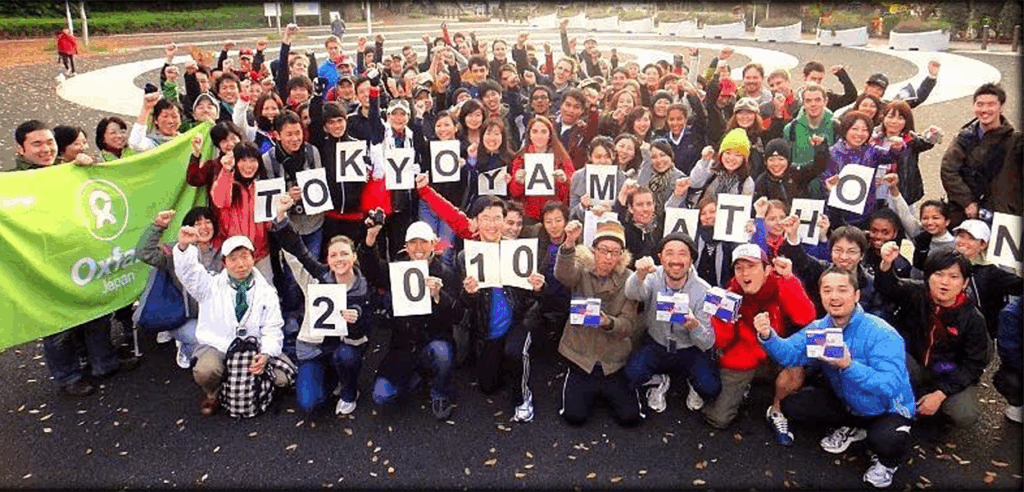
Hurdles Along the Way
The road has been anything but easy. “For years, we had to go around to all 16 police stations along the Yamanote Line and then finish at Marunouchi to get the final stamp,” Pournovin explains. “That was a long, tough process.”
Technology posed challenges too. “Finding the right registration platform with thousands of people signing up has never been easy.”
But the biggest challenge, he says, is growth itself. “The bigger the Yamathon gets, the harder it is to organize. All of us at IVG Japan have full-time jobs and families, and balancing that with the amount of work the event takes is a constant battle. It’s become a bit of a monster—in the best way—but it demands everything from us.”
The hurdles weren’t only logistical. Being a foreigner shaped Pournovin’s journey in unexpected ways. “It’s been both a help and a hindrance, but more of a help overall,” he explains. “You do stand out, so you have to work twice as hard to build trust and prove your intentions are genuine. But being different also drew curiosity—people wanted to know more—and that gave us opportunities to explain our vision.”
Despite these challenges, the pace rarely allows time for reflection. “I’m proud of what we’ve done over the past 16 years, but we don’t get much time to stop and reflect,” Pournovin admits. “The work never really stops.”
What keeps him going are the reminders of impact. “The moments that stand out the most for me are when I see our NPO partners benefit—when a company connects with them through the Yamathon, or when participants tell us they’ve learnt about an issue they’d never considered before. That’s when it really feels real.”
Even with those hurdles, Pournovin and his team remain focused on what matters most. “We always want to make sure the NPOs we work with get the spotlight they deserve,” he says. “Giving them visibility is an ongoing challenge. But combined with the purity of our purpose, it has really helped us to build support for the event and for our charity partners.”
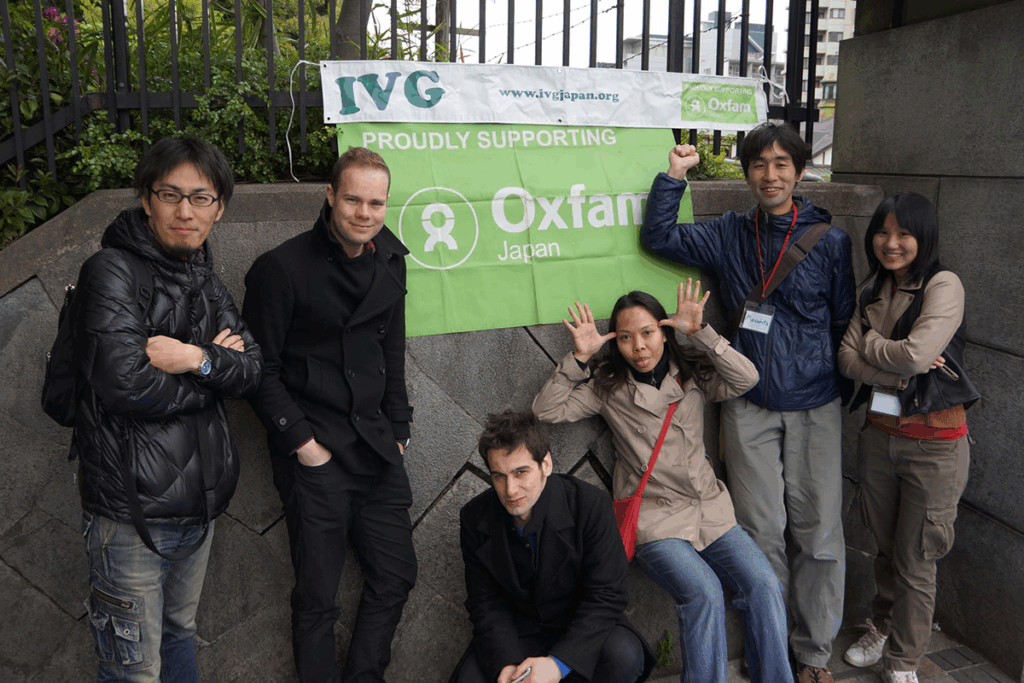
Community That Evolves
The Yamathon has grown from a grassroots gathering to an event with thousands of participants. “Back in 2010 we had no event space—just a starting line in the park,” Pournovin says. “Now we’ll have four venues across Tokyo, 3,000 participants and 300 volunteers.”
“Today, the Yamathon is more than a charity event,” he adds. “Companies use it as a team-building experience, and at the same time they get to connect with amazing charities working in youth, health, environment and gender empowerment.”
The community has evolved as well. “In the beginning, it was almost all expats. Now it’s about 50–50 Japanese and international participants. People come back year after year, and that loyalty shows that the Yamathon has become more than just a challenge—it’s a platform for charities to reach new audiences, and a community that people genuinely want to be part of.”
Pournovin emphasizes that transparency is part of the design. “We want the volunteer experience to be just as meaningful as the participant experience. When people finish the event, they should be able to see exactly where their registration fee goes and meet the NPOs face to face. That’s always been the goal.”
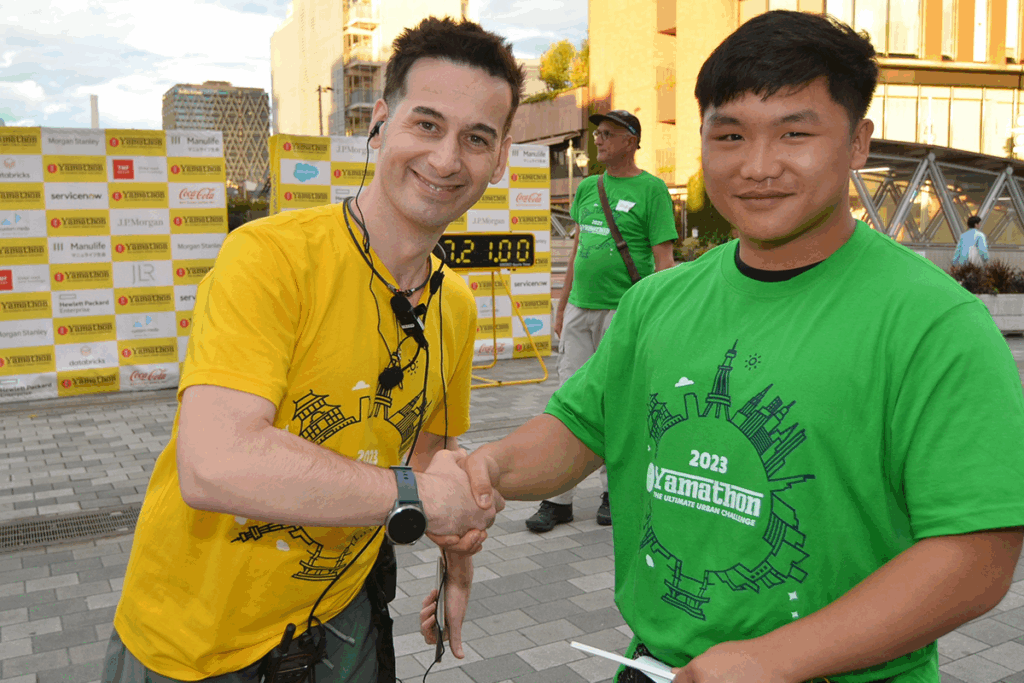
Real Impact
One of the most meaningful partnerships has been with the Japan Children’s Hospice Association (JCHA). “We originally supported Yokohama Children’s Hospice before it was even built,” Pournovin says. “Now there are two hospices fully operating, with another 13 in planning, and JCHA is pushing those forward—through fundraising, collaboration, research and government advocacy.”
The Yamathon has also created unexpected ripple effects. “We connected the hospice to a major architectural planning company, which helped design the first floor,” he explains. “Through their partners, they even provided pro bono furniture. More recently, the hospice told us about a company donor that made a financial contribution, and when asked how they first heard about it, they said it was through the Yamathon. That kind of ripple effect is what makes all the hard work worth it.”
Beyond JCHA, the event supports NPO Waffle, Tochigi Conservation Corps, and World Central Kitchen. “Each one focuses on children and young people in different ways—whether it’s health, gender empowerment, or the environment. For us at IVG Japan, it’s a privilege to not only raise funds but also give these groups a platform to connect with people they might not otherwise reach.”
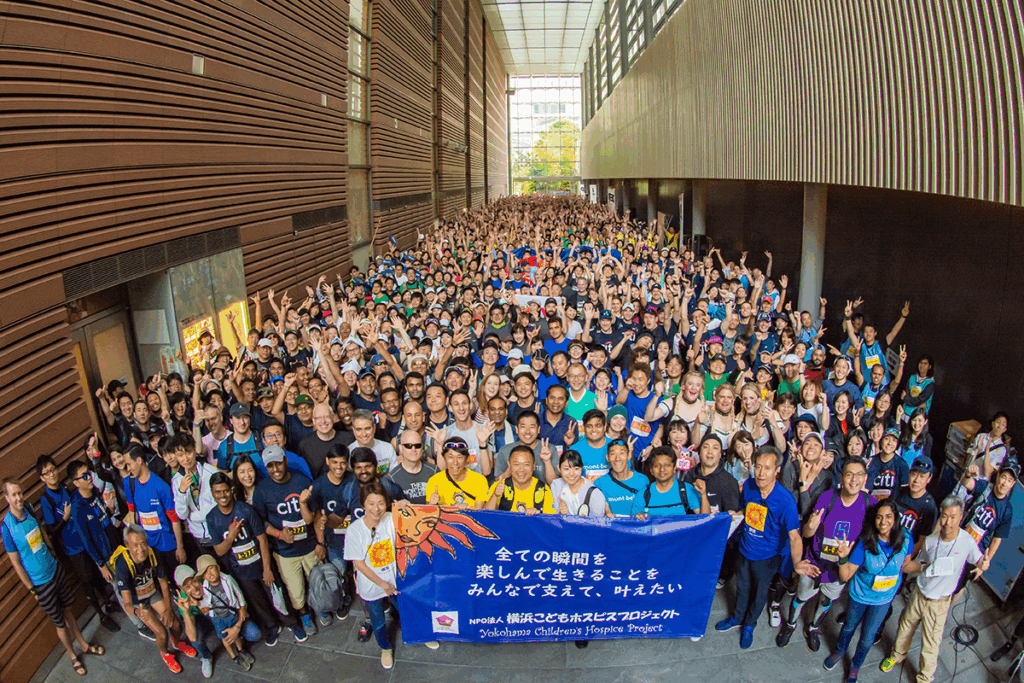
Looking Ahead
Despite its growth, the Yamathon remains volunteer-driven. “We try to approach it the same way participants do: step by step,” Pournovin says. “It’s not a marathon, it’s a Yamathon—one station at a time, one challenge at a time.”
The long-term dream, he admits, is recognition. “We’d love the Yamathon to be known as one of Tokyo’s landmark charity events—something the city is known for internationally. If one day a major global sporting brand came on board to help us take it to the next level, that would be amazing. But the heart of it will always be about supporting our NPO partners and giving them a bigger stage.”
He finishes with a call to action, “There are two types of volunteering: showing up on the day to lend a hand, which is hugely valuable, and helping with the day-to-day planning and project management, which is just as important. Both matter.”
And above all, Pournovin sees in the Yamathon the same thing he once sought as a young volunteer. “When I started volunteering back in 2009, I was looking for something meaningful, something pure that could give me purpose and surround me with good people. That’s exactly what IVG Japan and the Yamathon have given me, and I believe it can do the same for others.”
Support the Yamathon
If you’re looking for a challenge, a community or just a way to make a difference, email them: info@ivgjapan.org

